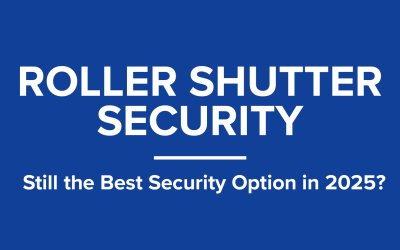INFORMATIVE NEWS:
Why Should You Fit Automatic Door Protectors?
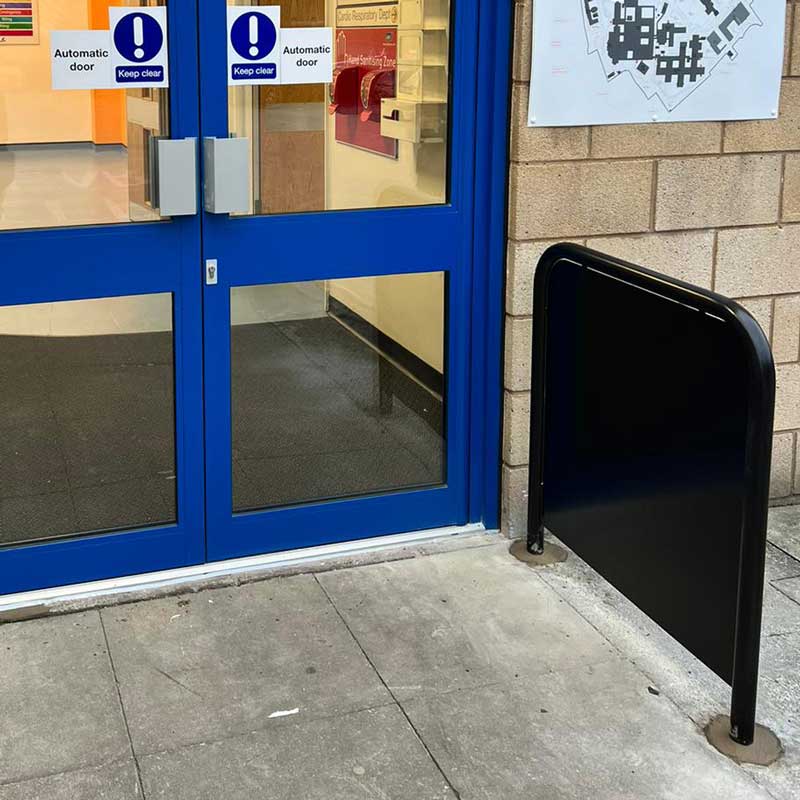
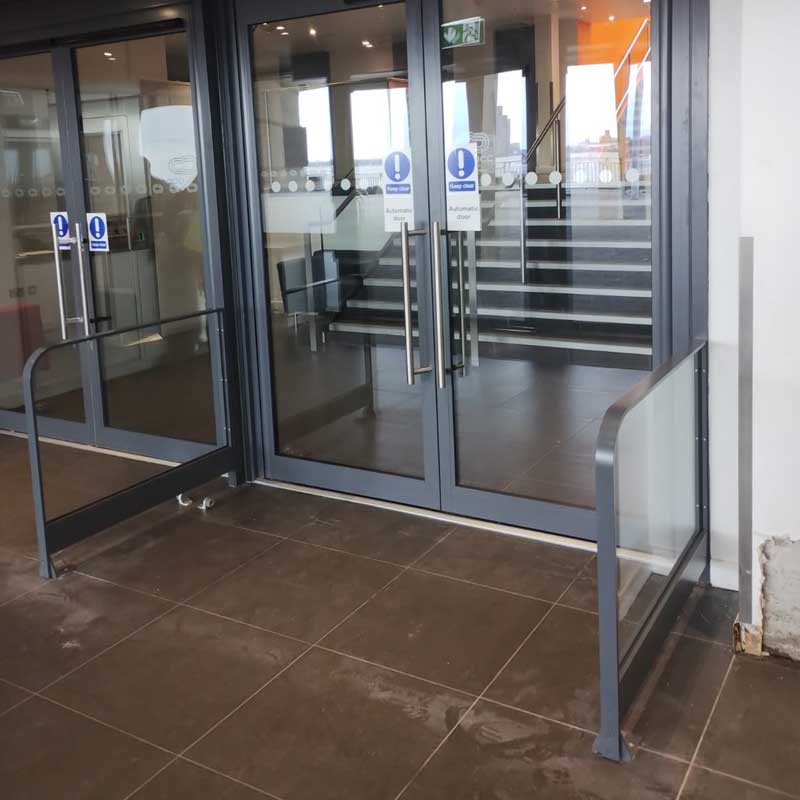
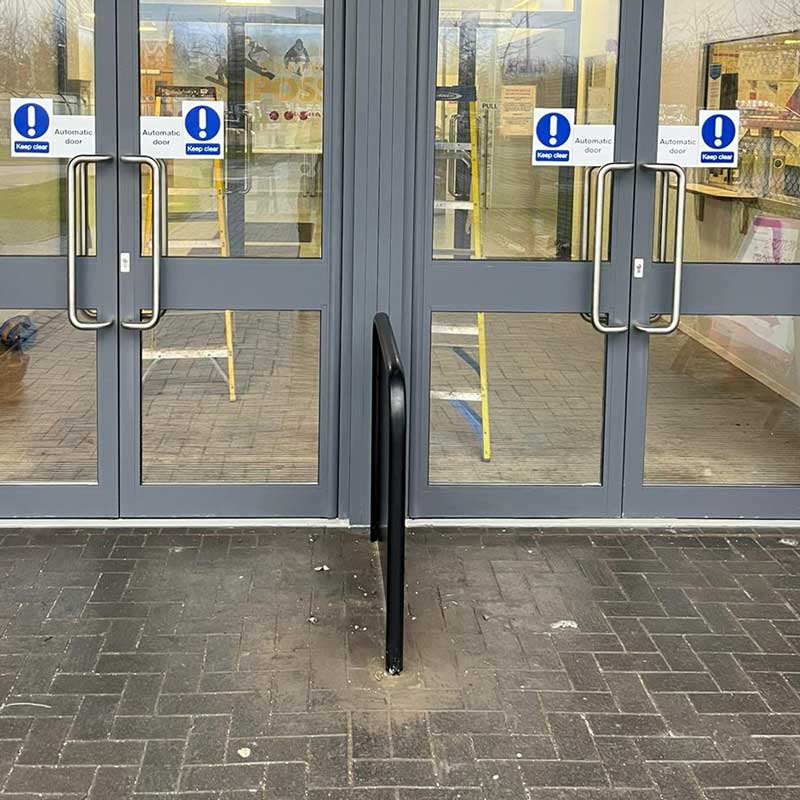
What Is the Purpose of Fitting Automatic Door Protectors?
In today’s fast-paced, safety-conscious environments, automatic doors have become a standard feature in many commercial, healthcare, and public buildings. However, while these doors offer convenience and accessibility, they also present certain safety and operational challenges – especially in high-traffic areas. That’s where automatic door barriers come in.
Whether you’re a facilities manager, architect, or business owner, understanding the purpose and benefits of fitting automatic door barriers – such as protection bars and hoop barriers – can help ensure your entrances remain safe, compliant, and efficient.
1. Safety First: Protecting People
The primary reason for installing automatic door barriers is safety. These barriers act as a physical guide and deterrent to prevent people from walking directly into the door’s path – particularly when the door is opening or closing.
They also help:
-
Prevent injuries from sudden door movement.
-
Protect vulnerable users, such as children, the elderly, and those with visual impairments.
-
Ensure pedestrians approach from a safe angle, reducing the risk of collision or entrapment.
2. Protecting the Door System
Automatic doors are valuable assets. Constant impacts from trolleys, wheelchairs, or heavy footfall can cause long-term damage. Door barriers help absorb and redirect this traffic, preventing:
-
Scratches or dents to glass or panels.
-
Misalignment of tracks or mechanisms.
-
Costly repairs and downtime due to damaged sensors or actuators.
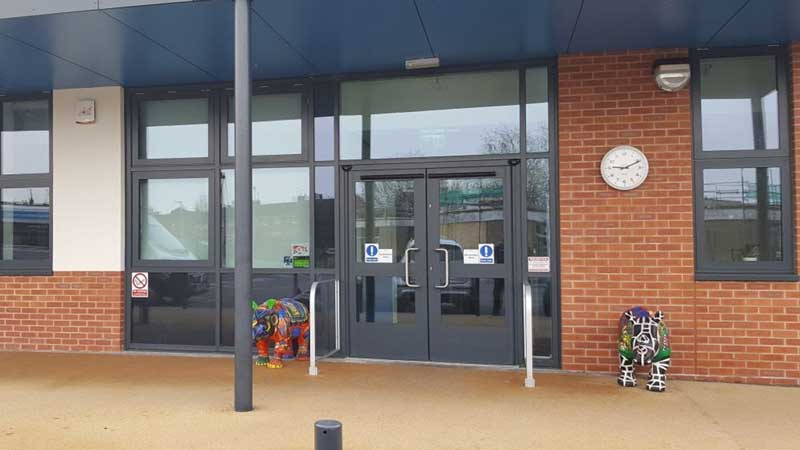
3. Regulatory Compliance
Health and safety regulations such as BS EN 16005 (UK/EU) outline clear requirements for the safe use of automatic doors. These include:
- Hazard zone reduction.
- Preventative measures to avoid unintentional access during door movement.
Automatic door barriers help building owners meet these standards and demonstrate due diligence, especially in public-facing or liability-sensitive settings.
4. Organising Foot Traffic
In busy environments like retail stores, hospitals, or transport hubs, barriers help:
- Direct pedestrian flow, ensuring doors operate efficiently and safely.
- Prevent crowding or standing within the activation zone of the door.
- Create clear entry and exit pathways.
This not only improves safety but also enhances the user experience by keeping doorways organised and intuitive.
5. Long-Term Cost Savings
Investing in door protection may seem like a minor addition, but it contributes to long-term savings by:
- Reducing maintenance costs.
- Minimising wear and tear.
- Avoiding downtime caused by accidental damage.
Conclusion
Automatic protectors may be small in size, but they play a big role in protecting people, preserving equipment, and ensuring compliance. From safety to cost efficiency, their benefits are clear – and in many cases, essential.
If you’re considering installing or upgrading your automatic doors, don’t overlook the importance of quality barriers. They’re a smart addition that pays off in safety, durability, and peace of mind.
In The Know
What You Can Do and What You Should Leave to Us
AUTOMATIC DOOR MAINTENANCE What You Can Do and What You Should Leave To UsAutomatic...
Are Roller Shutters Still the Best Security Option?
WHY CHOOSE ROLLER SHUTTER IN 2025 Are Roller Shutters Still the Best Security Option in...
Automatic Door Safety & Compliance Checklist 2025
Automatic Door Compliance Automatic Door Safety & Compliance Checklist for UK...


